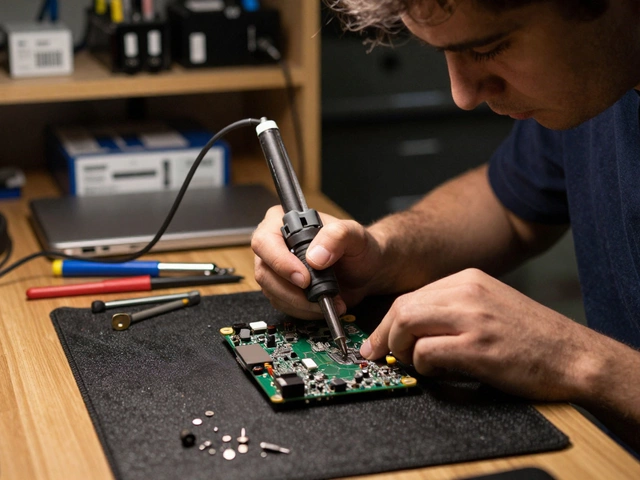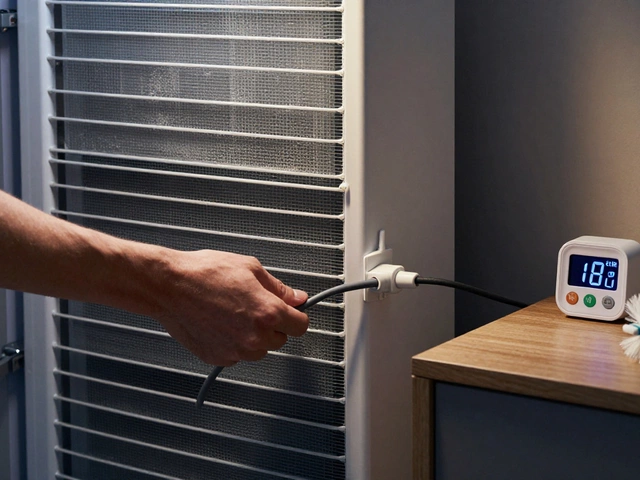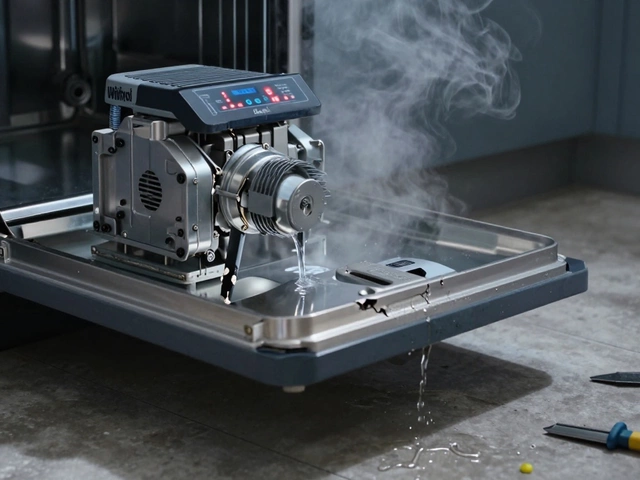Washing Machine Repair Cost: What to Expect and How to Save
When budgeting for washing machine repair cost, the total amount you’ll pay to fix a faulty washing machine, including parts, labour, and any travel fees. Also known as laundry appliance repair price, it can vary widely based on the problem and where you live. A typical washing machine, the household appliance that cleans clothes using water and detergent is the central player, but the price you see on a quote is shaped by several secondary elements. One of those is appliance repair, the service that diagnoses and fixes broken household machines, which brings in labour rates, expertise level, and warranty considerations. Another piece of the puzzle is the service call, the fee charged just to send a technician to your home for diagnosis, often called a call-out charge. washing machine repair cost encompasses parts, labour, and travel fees; repair cost requires an accurate diagnosis before a quote can be given; and appliance repair service influences total cost by offering discounts on bulk parts. Understanding these connections helps you read any estimate with confidence and spot where you might save.
Key Factors That Influence the Repair Bill
The age of your machine is a big driver. A brand‑new unit usually carries higher part prices because manufacturers charge premium rates for original components, while an older model might have cheaper generic alternatives but higher labour due to wear‑related complications. Fault type matters too: a simple belt replacement often runs under £100, but a motor or drum bearing issue can push the bill toward £250‑£300. Brand reputation plays a role; high‑end brands like Miele or Bosch tend to have higher labour rates because technicians need specialized training. Whether your machine is still under warranty can drop the cost dramatically, sometimes to zero for covered parts, but only if the fault isn’t caused by misuse. Finally, the location of your home influences the service call price – urban areas may see a £40‑£50 call‑out fee, while rural locations could be £60 or more due to travel time. All these elements combine to create the final number you’ll pay.
So how do you keep that number from ballooning? Start by asking for a detailed breakdown before any work begins – parts, labour, and call‑out should each be listed separately. Get at least two quotes; many local shops will give a free estimate over the phone based on the symptom you describe. If the fault is something you’ve tackled before (like a clogged filter or a loose hose), consider a DIY fix; online guides can walk you through safe steps and save the call‑out fee entirely. Regular maintenance, such as cleaning the lint filter, checking hoses for kinks, and running a monthly clean‑cycle, can prevent many common problems and extend the machine’s life, which in turn reduces future repair costs. When you do need a professional, ask whether they offer a price‑match guarantee or discounts for repeat customers. These small actions add up, turning what could be a surprise expense into a predictable, manageable part of home‑ownership budgeting.
Below you’ll find a curated set of articles that dive deeper into each of these topics. From DIY troubleshooting guides to expert explanations of why certain parts cost what they do, the collection is designed to give you clear, actionable insight before you pick up the phone. Browse through, pick the pieces that match your situation, and feel empowered to make the best decision for your laundry needs.
Which Washing Machine Part Is the Most Expensive to Replace?
- Alden Wilder
- Oct 24 2025
- 0 Comments
Discover which washing machine component costs the most to replace, typical price ranges, warning signs, and whether it's smarter to repair or buy new.
View More



